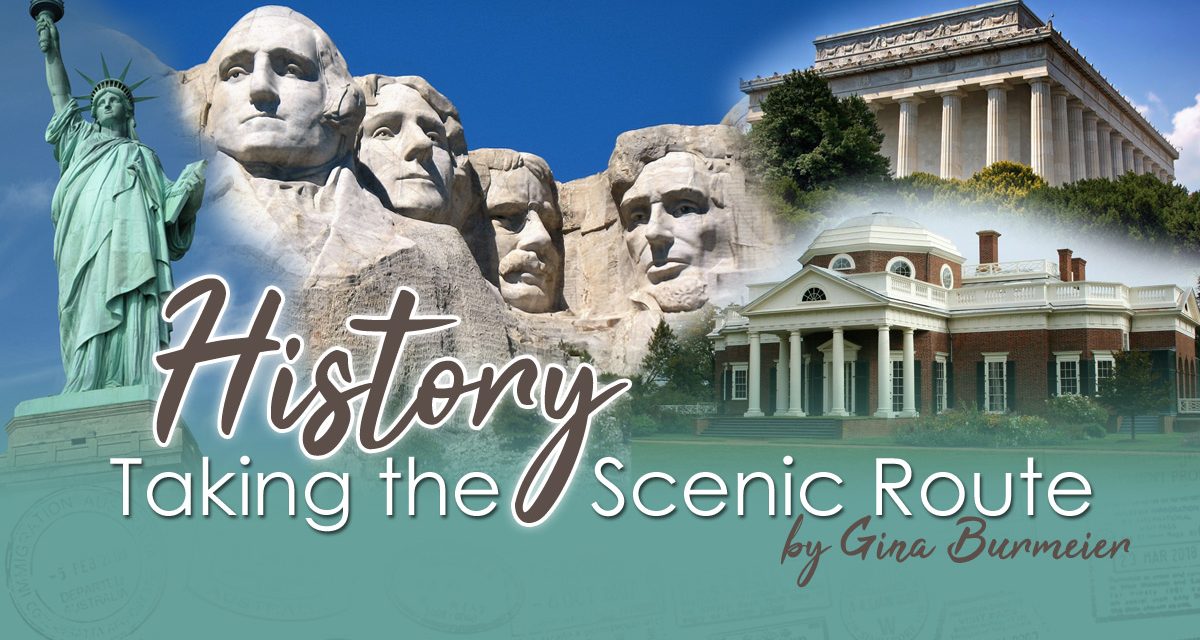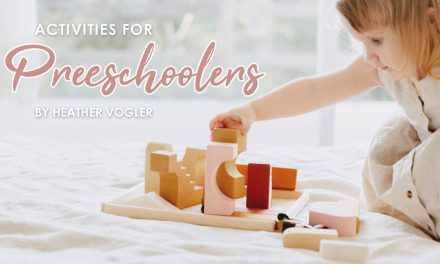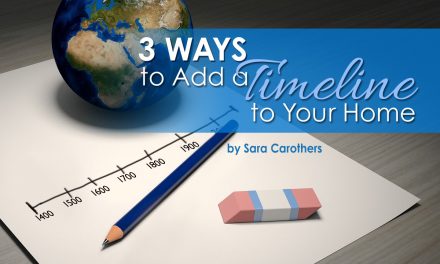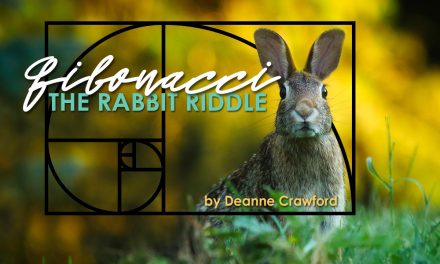History is one of my favorite subjects! Maybe I am revealing my age, but I love touring different historical sites and I appreciate all of the historical detail available to read as I browse. When we would visit various historical locations for field trips, I found myself appreciating all of the reading material while my children enjoyed the hands-on activities. If there were not any activities, they found it boring and their attention span did not last long. It happened to be the same scenario when I would read history to them at home. However, when we did activities, history came alive for them and they still remember the historical facts rendered from those activities. By writing this, I am not inferring the “reading” part of history is not important or interesting. But sometimes supplementing our history with various activities helps bring history alive for children. Some of you might be thinking, “I barely have enough time to get the core subjects done; how will I ever find time for a history project?” Consider taking a break from the textbook and adding in simple crafts or other supplements. Or take one day a week to explore something more entertaining. It doesn’t have to be a big project; the goal is, rather, to select an engaging activity that will add a spark to what you are studying. After completing a project, your children can write about what they’ve learned. Here are just a few suggestions to create a more exciting learning environment when studying your history.
- Incorporate sticker books, coloring books, or maze books:
These types of books are simple yet engaging for kids. Many activity books include just enough historical information to read along with fun mazes, stickers, or coloring pages. These types of books are also excellent for younger siblings to do while you are working with older children.
- Sticker History (Grades 2-6)
- Dover Historical Coloring Books (Grades PK-AD)
- Historic Coloring Books (Grades 3-AD)
- Maze Adventures (Grades 3-6)
- Create a fun history library:
Have children pick a mélange of fun books from the library or from your own bookshelf at home. Keep them in a specific basket or area labeled, “history time”. For 15-20 minutes a day, children can enjoy a book of their choice. My kids really looked forward to this time because they chose books they normally didn’t read during the school day.
- Chester Comix and Comix with Content (Grades 2-5)
- Who Was Biographies (Grades 3-7)
- You Wouldn’t Want To Series (Grades 2-6)
- Graphic History Library (Grades 3-6)
- Complete a simple hands-on project:
There are many projects for all ages relating to different historical time periods. Many books include hands-on activities with easy-to-find material and simple instructions. Older children can even assist younger ones with activities of choice.
- Great History Projects You Can Build Yourself (Grades 4-7)
- History Pockets (Grades 1-6)
- Make it Work! History (Grades 3-6)
- Exploring History! Series (Grades 1-4)
- Create or enjoy a time-period focused drama or speech:
Have children research an important person or event that happened in a specific time period. They can create a play or practice their speaking skills by delivering a speech. Pairing up with other families can make this activity even more fun. You can even have them perform the play on audiotape as a radio theater production.
- You Are There U.S. History Collection MP3 CD (All Ages)
- Readers’ Theater (Grades 1-6)
- On Stage: Theater Games and Activities (Grades 1-8)
- Great Speeches for Better Speaking (Grades 8-AD)
- Bring history into the kitchen:
My children loved our “kitchen” time when we made meals or desserts relating to our studies in history or geography. There are many resourceful options available for your young chefs.
- Eat Your Way Around the World (Grades K-AD)
- Eat Your Way Through the USA (Grades K-AD)
- Foods Around the World Coloring Book (Grades PK-3)
- International Cookbooks for Kids (Grades 4-8)
I hope this article inspires some creative ideas to supplement your history studies. Sometimes we get engrossed in our textbooks because we want to “check it off” for the day and we forget to think outside the box. By teaching history through a variety of influences, children tend to retain information more readily. ~ Gina





